Bio dyes & Biofabrics: 50 shades of Pink
(17/10/2017)
Assignment: Experimenting with Natural Dyes
Experiment with different kinds of Natural dies in different fibers (animal and vegetal) and document.

Materials
- Textile fibers:
- Animal fiber (protein): 80% Alpaca, 14% Virgin Wool, 6% Polyamide;
- Vegetal fiber (cellulose): 50% Cotton, 50% Modal;
- Mordants: Recipe for 100 gr of textile/yarn
- Potassium alum or potassium aluminum sulfate, pH=8 (KAl(SO₄)₂)
- Tartaric acid or potassium bitartrate (C4 H6 O6)
- Natural Dyes:
- Cranberries;
- Cabbage;
- Raspberry;
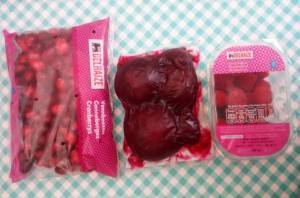
Methods
(Recipe for 100 gr of textile/yarn)
- Preparation of fibers-
1. Washing of the textile fibers;
- Animal fibers: Wash the fibers gently with warm water and a bit of soap. DON'T rub it too strong or put into too hot water or it will damage the silk fibers making them dull and brittle. Also sudden temperature changes are not recommended with animal fibers.
- Vegetal fibers: Boil the fibers for an hour in water and sodium carbonate (Na2 CO3) ±2 spoons for 4 liters of water.
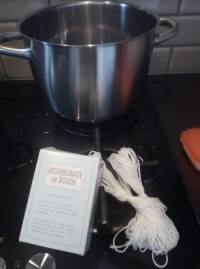
2. Mordants bath:
- Potassium Alum or potassium aluminum sulfate, pH=8 (KAl(SO₄)₂) and Tartaric acid or potassium bitartrate (C4 H6 O6)
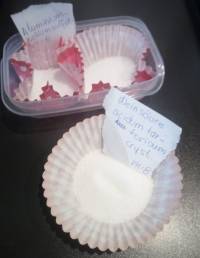
- Animal Fibers: Warm water till cover the textile + 10-20% of textile weight of Alum (10g - 20g) + 8% of the weight for fiber of Tartaric Acid (8g)
- Vegetal fibers: Warm water till cover the textile + 10-15% of textile weight of Alum (10g - 15g)
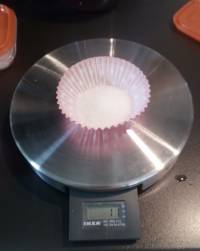
-Actual dyeing process-
3. Natural dyeing: 50 Shades of Pink
- Cranberries:
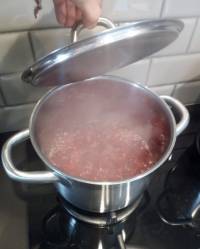
- Cabbage:
- Raspberry:
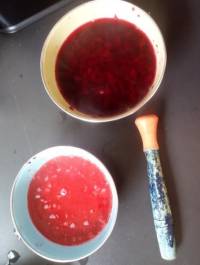
8._22-10-2017.jpg
Final Product and my small sister that assisted me on the dyes, proving it's a safe and simple process.
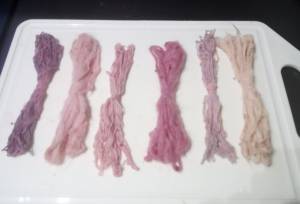
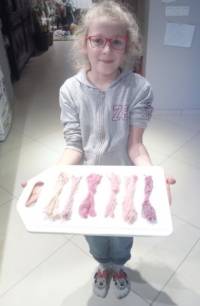
4. Modifiers
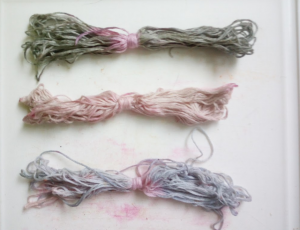
These are substances that applied after the dye bath to extend the number of shades possible with one dye bath. The same modifier in combination with different mordants will produce different colors as well.
In this experiment we
- Acidic modifiers: Wash in vinegar for 5 to 10 min
Tends to make the shades lighter or yellower in tone: From red to orange and from purple to pink.
- Alkaline modifiers: Pour hot water on the crystals of sodium carbonate (Na2 CO3), pH 10,5, until it dissolves, then wash textile for 5-10 min
Tends to make the shades pinker in tone or strong changes. From purple to blue or green and from brown/red to red/pink.